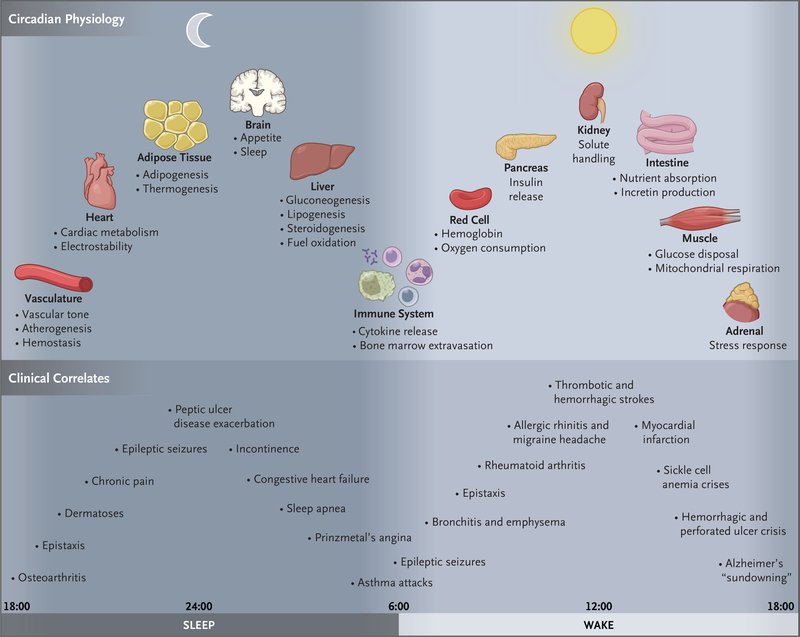Figure 2. Circadian Timing of Physiological Processes and Disease.
Molecular clocks are present in most cells in the brain and throughout peripheral tissues of the body. Clocks are entrained by the brain pacemaker neuron to the environmental light–dark cycle and help maintain the constancy of the internal milieu through anticipation of alterations that occur as mammals undergo daily sleep–wake and fasting–feeding cycles. The top panel highlights a subset of 24-hour oscillating physiological processes across diverse tissues, all coordinated with the day–night cycle. The bottom panel shows the clinical correlates in humans that are associated with circadian disruption across the day and night. “Sundowning” refers to confusion or delirium during the evening or night that disappears or abates during daytime.

